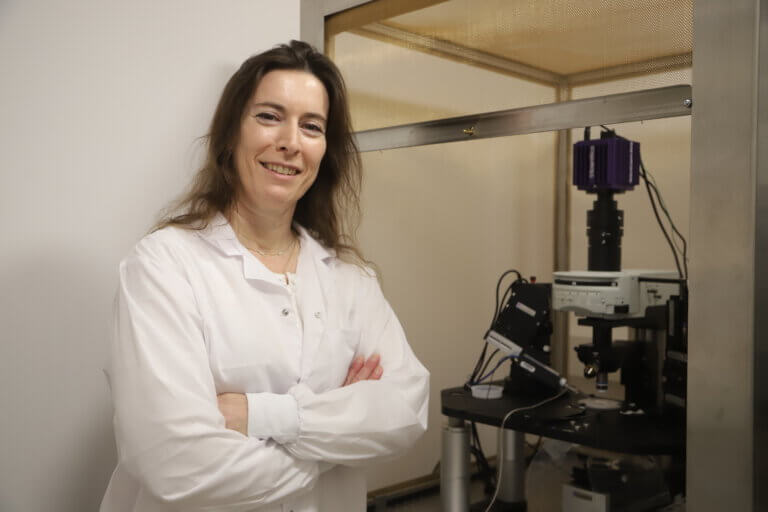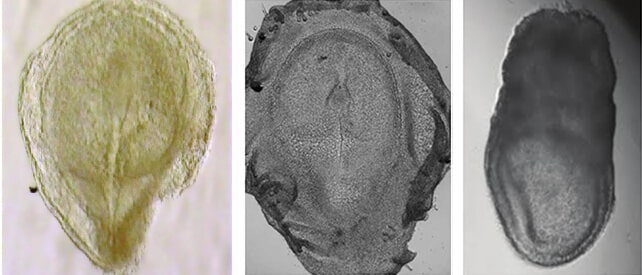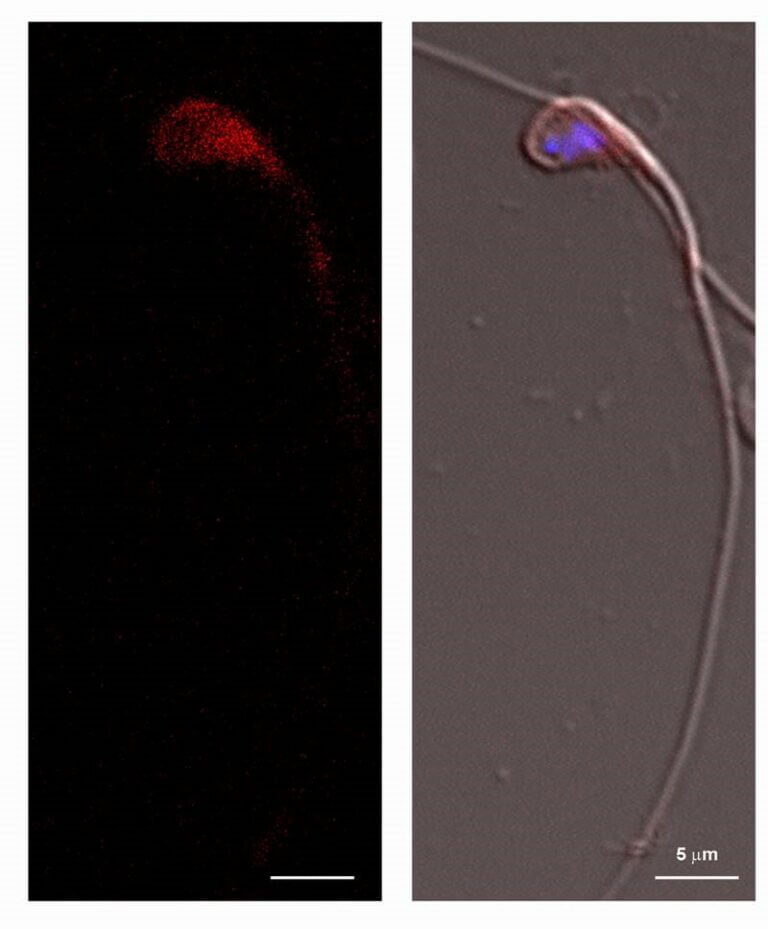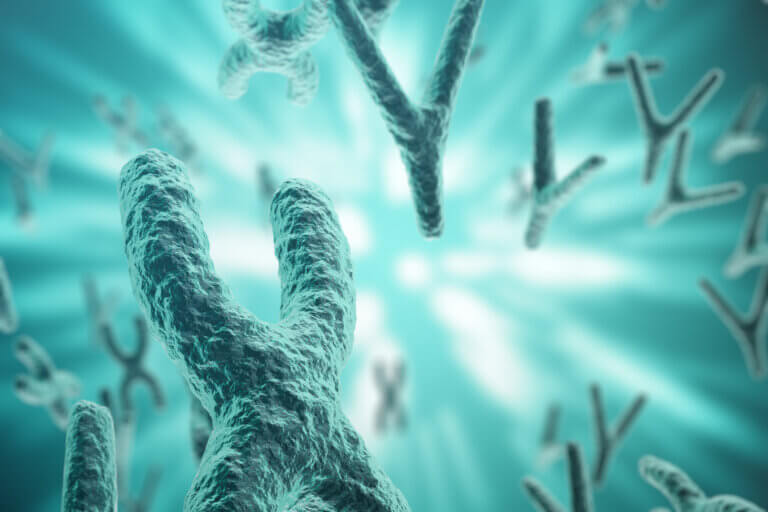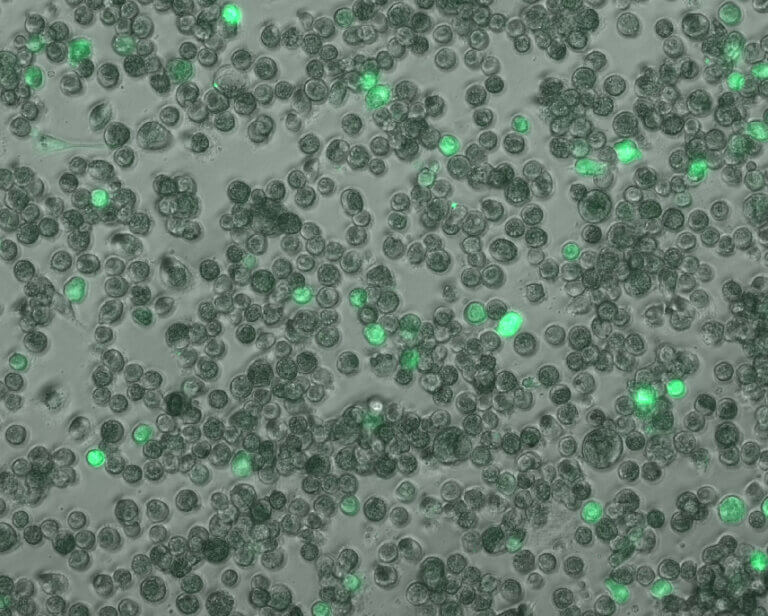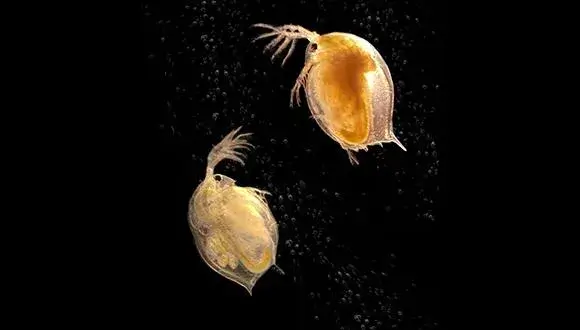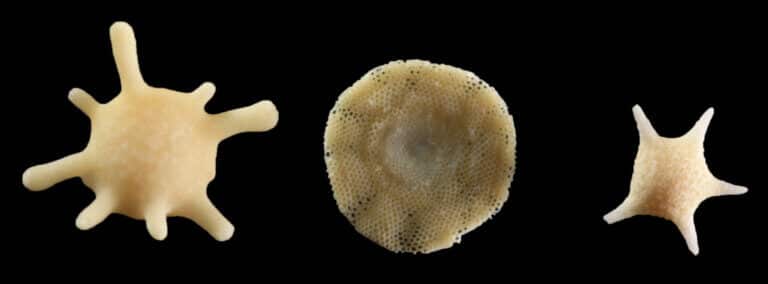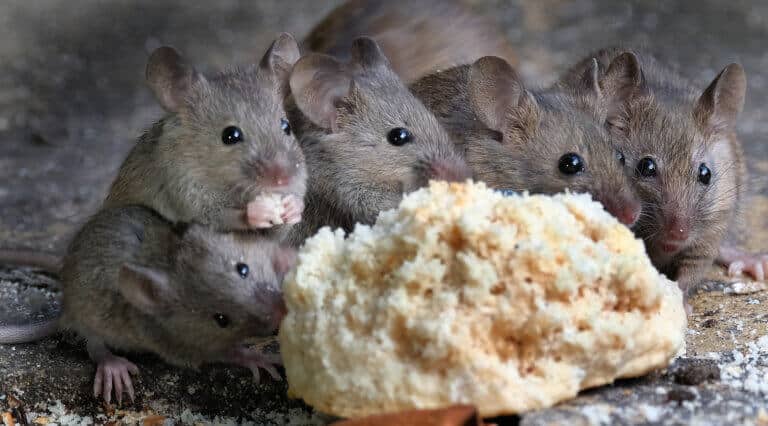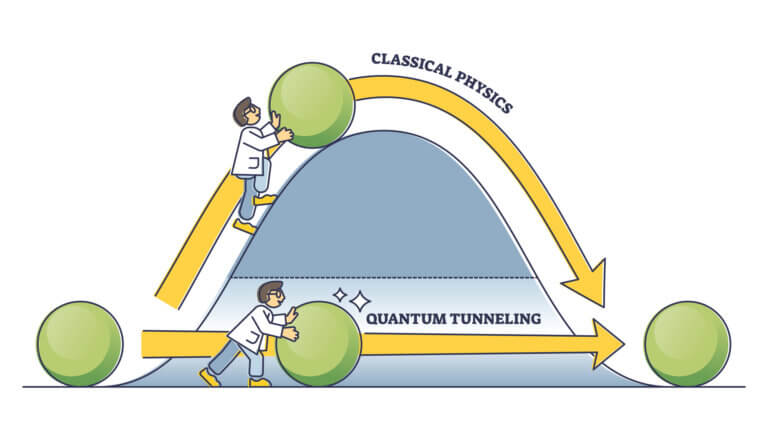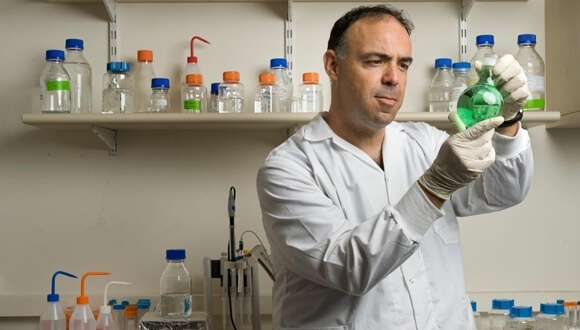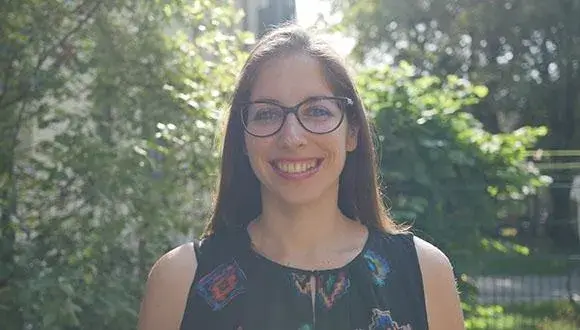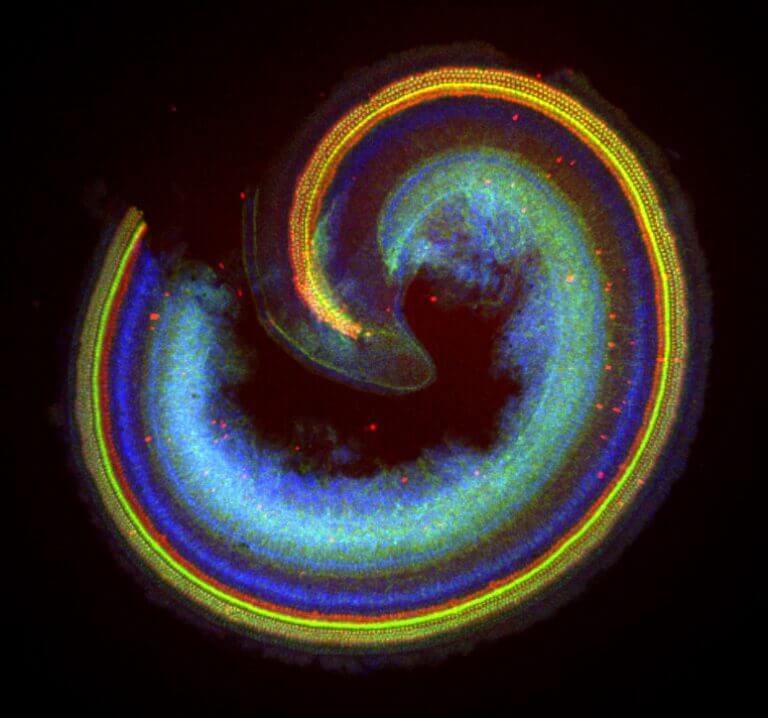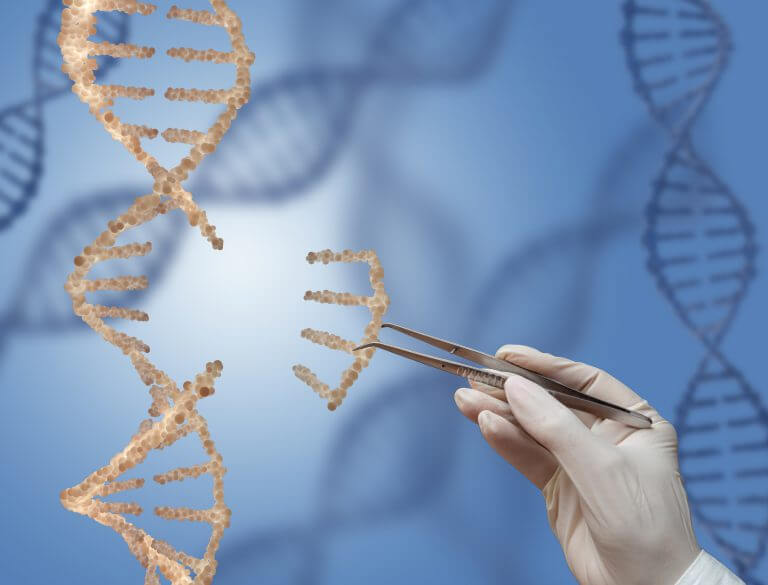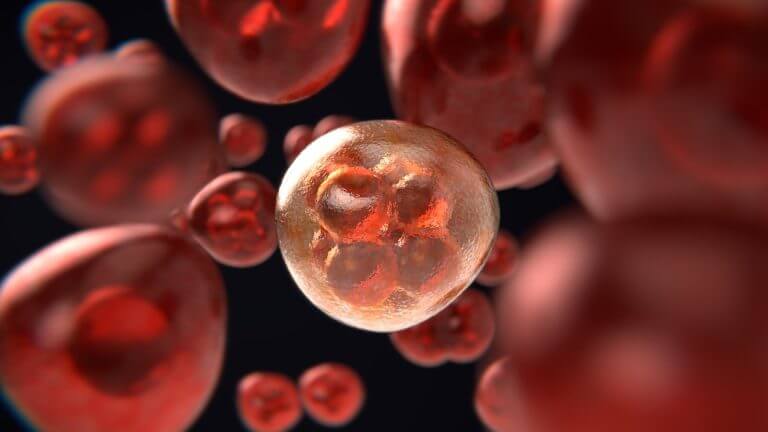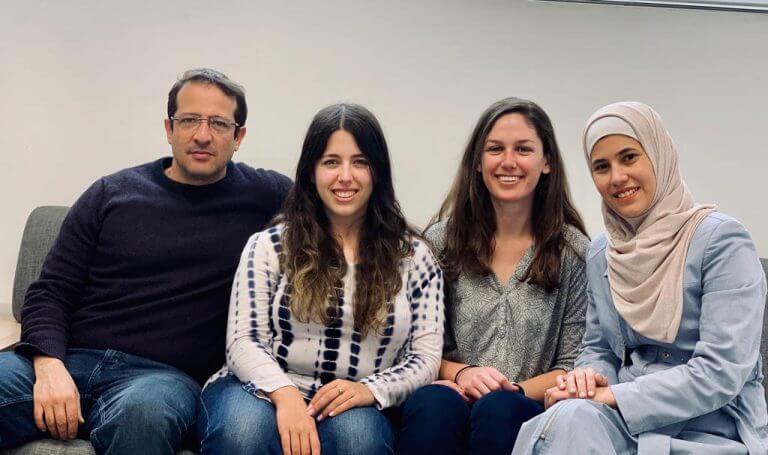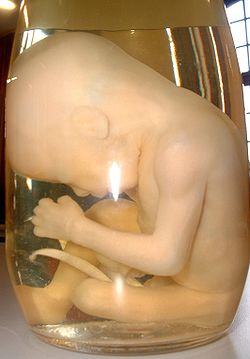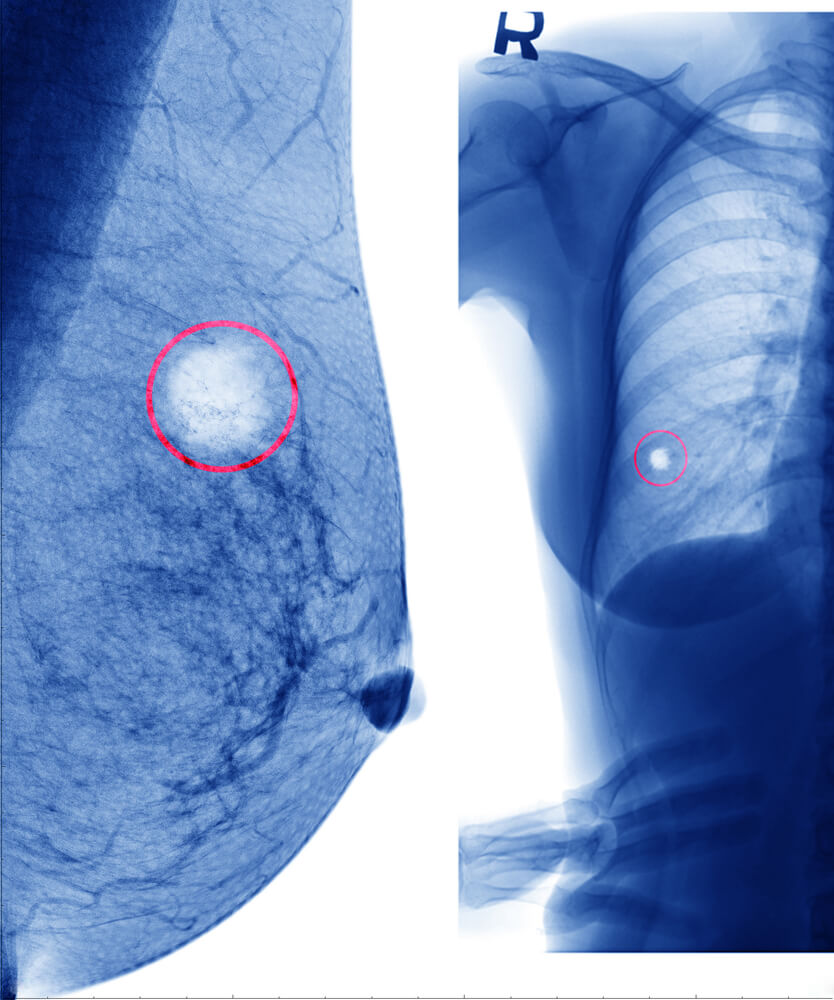Hayadan > Genetics
Genetics
- Haifa University
- March 6, 2024
- No comments
Extracellular matrix is the part of the tissue that surrounds the cells and provides them with structural support. Beyond the structural function of the matrix, it is used for a variety of roles, such as separating tissues from one another and controlling intercellular communication, hence its role in this disease
- Avi Blizovsky
- February 26, 2024
- One response
Dr. Lonnie Johnson, an inventor who registered over 100 patents and developed a solid-state battery based on them, describes human evolution as an interactive process between biology and technology, in which each influences and is influenced by its own
- Weizmann Institute
- February 17, 2024
The institute's scientists developed a method that allows real-time monitoring of the development of embryos at the beginning of their journey and applied it for the first time to rabbits. The comparison they made between embryonic development in rabbits and mice gave rise to answers to fascinating questions about the formation of humans
- Avi Blizovsky
- October 20, 2023
- 2 תגובות
- The Voice of Science website - the Israel National Science Foundation
- September 29, 2023
On the spectrum of disorders caused by a defect in one gene
- Avi Blizovsky
- August 27, 2023
- 5 תגובות
Scientists have successfully sequenced the entire human Y chromosome, revealing critical genomic features. This groundbreaking research offers deep insights into human biology and potential medical advances. The new sequence reveals genomic factors in fertility, including sperm production.
- Avi Blizovsky
- August 22, 2023
- No comments
This complex interaction of cultures between 5500 and 4500 BC in the Maghreb region led to exchanges of knowledge, cultural changes and mutual genetic influences
- Weizmann Institute
- August 12, 2023
New discoveries about how the result of infection with a virus from the herpes family is determined and where dormant viruses may hide in the body
- Tel Aviv University
- August 5, 2023
New research shines a positive light on biological stigma
- Tel Aviv University
- June 28, 2023
According to the researchers, it is a hormone, a small signal molecule, which controls the growth of plants. The decoding may help a lot in expanding agricultural crops and dealing with the global food crisis
- The Voice of Science website - the Israel National Science Foundation
- June 28, 2023
What makes foraminifera species sensitive to heat?
- Tel Aviv University
- June 15, 2023
The research team hopes that the tools developed in this study will pave the way for the development of similar treatments for other rare diseases
- Avi Blizovsky
- May 13, 2023
- No comments
Scientists have published draft results from a comprehensive research effort underway to capture all human genetic variation
- Avi Blizovsky
- March 20, 2023
- 2 תגובות
The researchers behind the new study were able to create baby mice with genetic material from two males without any genetic changes. They achieved this by using stem cells to create primordial germ cells (PGCs), which differentiate into sperm and egg.
- Noam Chai
- May 22, 2022
- 4 תגובות
The human DNA molecule contains about three billion bases and replicates every day about two trillion times. For the cellular structure to be preserved, the replication process must be incredibly precise, but at the same time, the appearance of mutations shows that the process is not immune to errors. With the help of computer simulations, physicists and chemists from the University of Surrey In England they showed that errors in replication may occur due to quantum tunneling.
- Tel Aviv University
- April 8, 2022
The nanomedicine that attacks cancer twice: both improves the effectiveness of chemotherapy and strengthens the immune system
- Tel Aviv University
- November 18, 2021
- Tel Aviv University
- September 30, 2020
- 2 תגובות
One of the genes, called ATOH1, was found for the first time in the world to be involved in deafness. Family members in Israel are the first people in the world to be found to have a mutation in this gene - which is responsible for hearing loss
- The Hebrew University
- November 21, 2019
- 2 תגובות
- Weizmann Institute
- August 14, 2019
- One response
- Galileo - The Science Magazine
- May 7, 2019
- 8 תגובות
- The Hebrew University
- April 9, 2019
- No comments
- Tel Aviv University
- February 21, 2019
- 4 תגובות
- The Hebrew University
- February 19, 2019
- No comments
- Haifa University
- January 13, 2019
- One response

